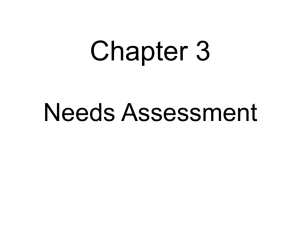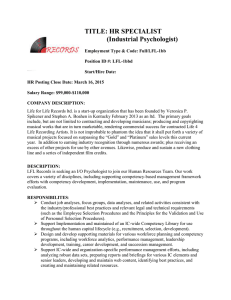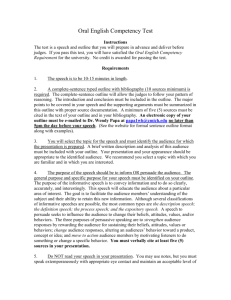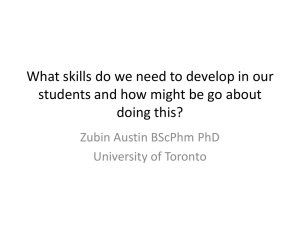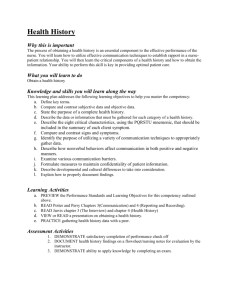Building Commitment
advertisement
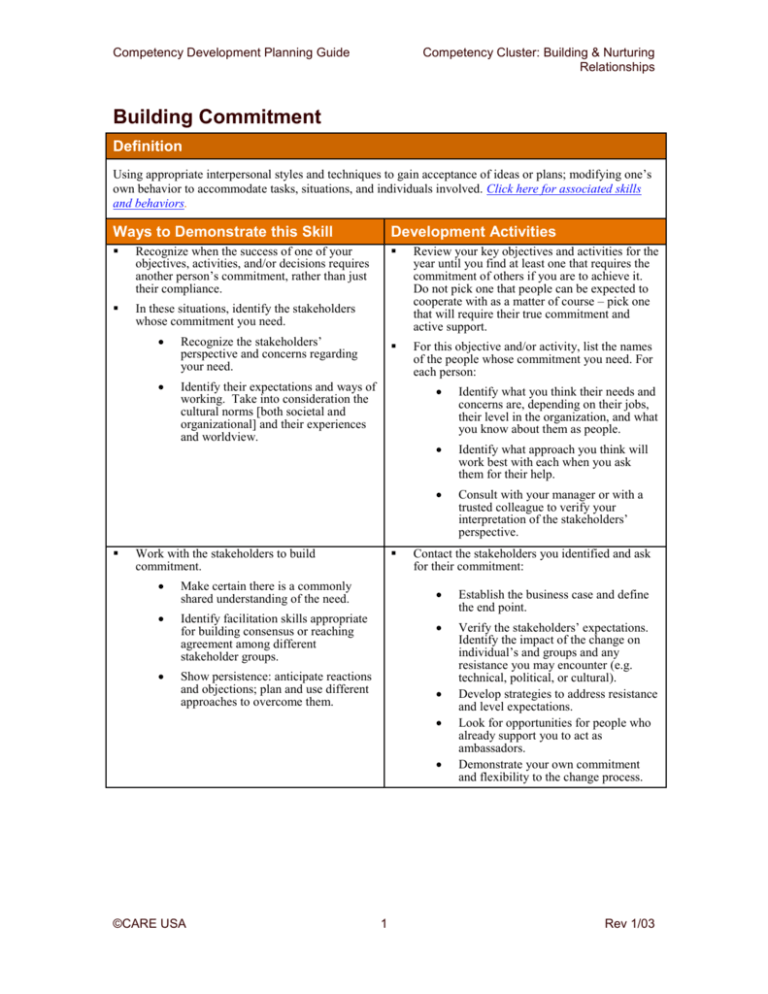
Competency Development Planning Guide Competency Cluster: Building & Nurturing Relationships Building Commitment Definition Using appropriate interpersonal styles and techniques to gain acceptance of ideas or plans; modifying one’s own behavior to accommodate tasks, situations, and individuals involved. Click here for associated skills and behaviors. Ways to Demonstrate this Skill Development Activities Recognize when the success of one of your objectives, activities, and/or decisions requires another person’s commitment, rather than just their compliance. In these situations, identify the stakeholders whose commitment you need. Review your key objectives and activities for the year until you find at least one that requires the commitment of others if you are to achieve it. Do not pick one that people can be expected to cooperate with as a matter of course – pick one that will require their true commitment and active support. For this objective and/or activity, list the names of the people whose commitment you need. For each person: Recognize the stakeholders’ perspective and concerns regarding your need. Identify their expectations and ways of working. Take into consideration the cultural norms [both societal and organizational] and their experiences and worldview. Work with the stakeholders to build commitment. Make certain there is a commonly shared understanding of the need. Identify facilitation skills appropriate for building consensus or reaching agreement among different stakeholder groups. Show persistence: anticipate reactions and objections; plan and use different approaches to overcome them. Identify what you think their needs and concerns are, depending on their jobs, their level in the organization, and what you know about them as people. Identify what approach you think will work best with each when you ask them for their help. Consult with your manager or with a trusted colleague to verify your interpretation of the stakeholders’ perspective. Contact the stakeholders you identified and ask for their commitment: Establish the business case and define the end point. Verify the stakeholders’ expectations. Identify the impact of the change on individual’s and groups and any resistance you may encounter (e.g. technical, political, or cultural). Develop strategies to address resistance and level expectations. Look for opportunities for people who already support you to act as ambassadors. Demonstrate your own commitment and flexibility to the change process. ©CARE USA 1 Rev 1/03 Competency Development Planning Guide Competency Cluster: Building & Nurturing Relationships Developmental Resources Workshops/E-Learning If you find workshops and/or web-based training a good way for you to learn and develop, and there are funds available, look for opportunities that address the following: How to work with different sources of personal power and influence. How to influence people without direct authority. How to sell ideas. How to influence others. Positive political skills. Courses in the culture of the country where you are working, or where you will be stationed soon. Books The following books are resources on building commitment: Aubuchon, Norbert. (1997). Anatomy of Persuasion: How to Persuade Others to: Act on Your Ideas, Accept Your Proposals, Buy Your Products or Services, Hire You, Promote You. New York: AMACOM. Charvet, Shelle Rose. (1997). Words that Change Minds: Mastering the Language of Influence. Dubuque, Iowa: Kendall/Hunt Publishing Company. Cohen, A. R. and Bradford, D. L. (1990). Influence Without Authority. New York: John Wiley & Sons. Hogan, Kevin. (1996). The Psychology of Persuasion: How to Persuade Others to Your Way of Thinking. Gretna, Louisiana: Pelican Publications Co. ©CARE USA 2 Rev 1/03


